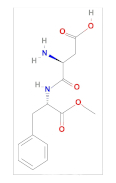
Aspartame is a sweetener. It is formed by the combination of aspartic acid and phenylalanine amino acid, which are part of proteins. It is used in sweetened products such as drinks and other foods. Aspartame does not contain calories like other sweeteners and is suitable for people with diabetes.
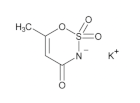
Acesulfame is an agent used as a sweetener. It is used as a sweetener in many diet products and can be found in products such as diet foods, diet drinks, diet sweeteners, diet cakes, diet jams, and diet candies. It can also be used in toothpastes, some medications, and some food products. Also known as acesulfame K.
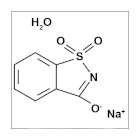
Saccharin is an artificial sweetener. Its main ingredient is benzoic sulfide, saccharin is sweeter than sucrose and is used to flavor products such as drinks, confectionery, medicine and toothpaste, depending on the permit. While its shelf life is as short as 6 months in food, it is about 2 years in medicine.
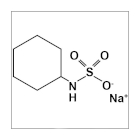
This sweetener is also an artificial sweetener. It has a sweetening ability of approximately 30-50 times higher than sucrose. It is the least sweet sweetener compared to other artificial sweeteners. It is a sweetener that has no nutritional properties. Its mechanism of action is interaction with the T1R3 transmembrane domain. It is an organic molecule.
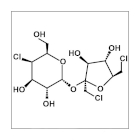
It is among the most important disaccharide derivatives formed by the combination of two monosaccharides. It is the sweetener that has the most place among artificial sweeteners. In addition, it is an organochlorine compound. It is a type of sweetener made from sugar that has no calories. The most important reason for preference is that it does not have any nutritional properties. If we compare this artificial sweetener with other sweeteners, it is 600 times sweeter than sucrose. It is 2 times sweeter than saccharin. It is 4 times sweeter than aspartame. It is a sweetener that cannot be digested by the body. One of its most important features is that it is absorbed at a minimum level and is excreted by the body without being digested. E Code E955
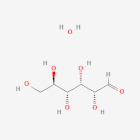
Dextrose Monohydrate (D-glucose) is a sugar that is a stable, odorless, white crystalline powder or colorless crystal. In its pure form, it has a dextrose equivalent (DE) of 100, indicating that it is 100% pure Dextrose, not a mixture of other substances. Dextrose equivalent is a good value to know when purchasing Dextrose materials. Dextrose can be obtained in monohydrate or anhydrate form, which are called Dextrose Monohydrate or Dextrose Anhydrate, respectively. Dextrose Monohydrate is a sugar that contains one water molecule per dextrose molecule, meaning that there is one water molecule loosely bound for every dextrose molecule. If a material is considered anhydrate, it does not contain water. Dextrose is also available in an anhydrate form.

It is a chemical compound that is the sodium salt of the amino acid glutamic acid. Glutamic Acid is among the components of many proteins such as dairy products, meat, legumes and mushrooms. It is in the form of a white crystalline powder with a slight or peptone-like odor. Monosodium Glutamate (MSG) intensifies and enhances flavor. However, it does not affect its own flavors. It can be found in amino acid form or free. Mono sodium glutamate is found in many processed foods found in markets. Monosodium glutamate formula: C5H8NaNO4.H2O E Code: E 621.







